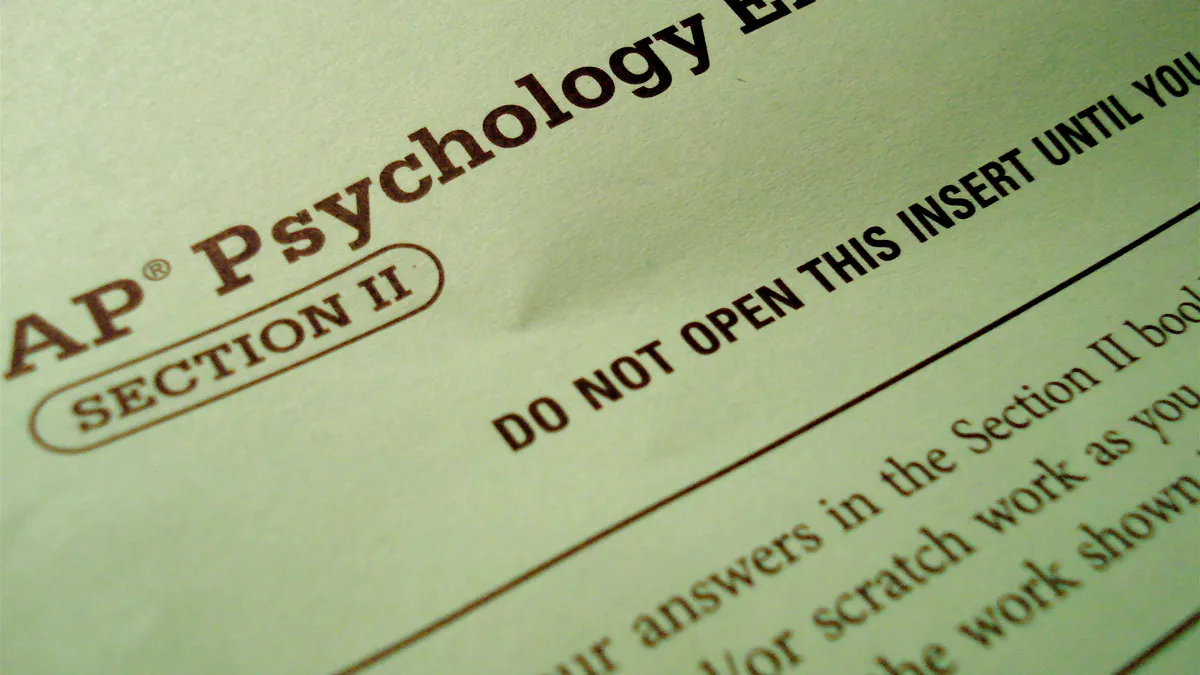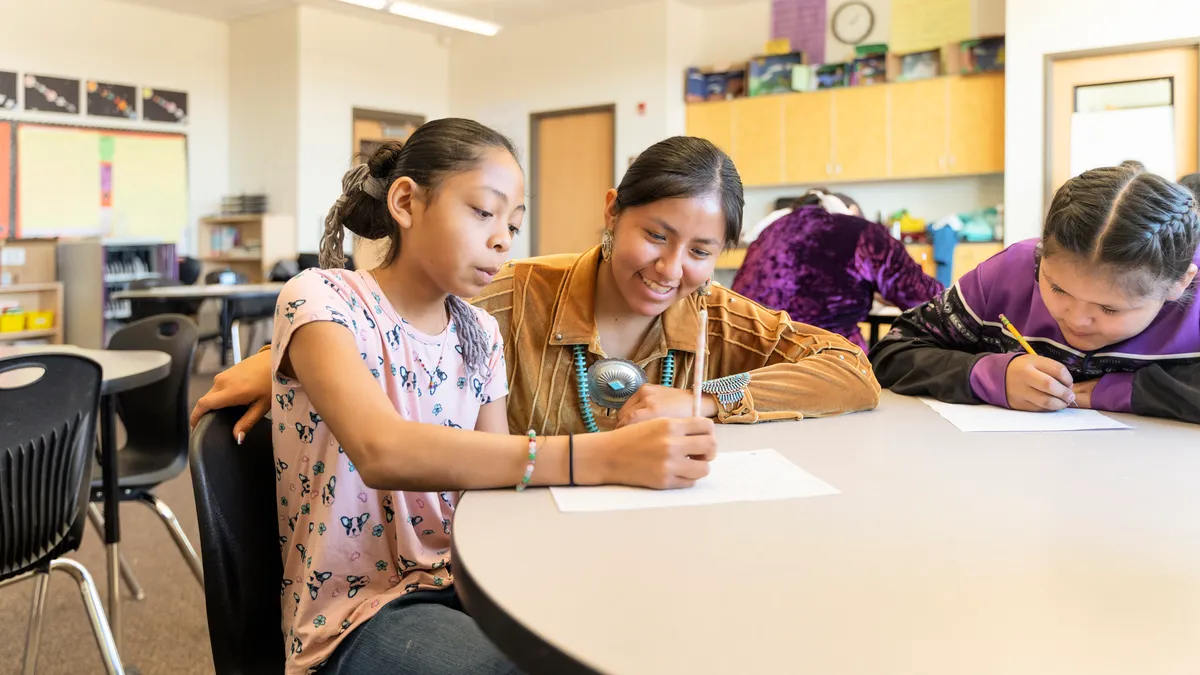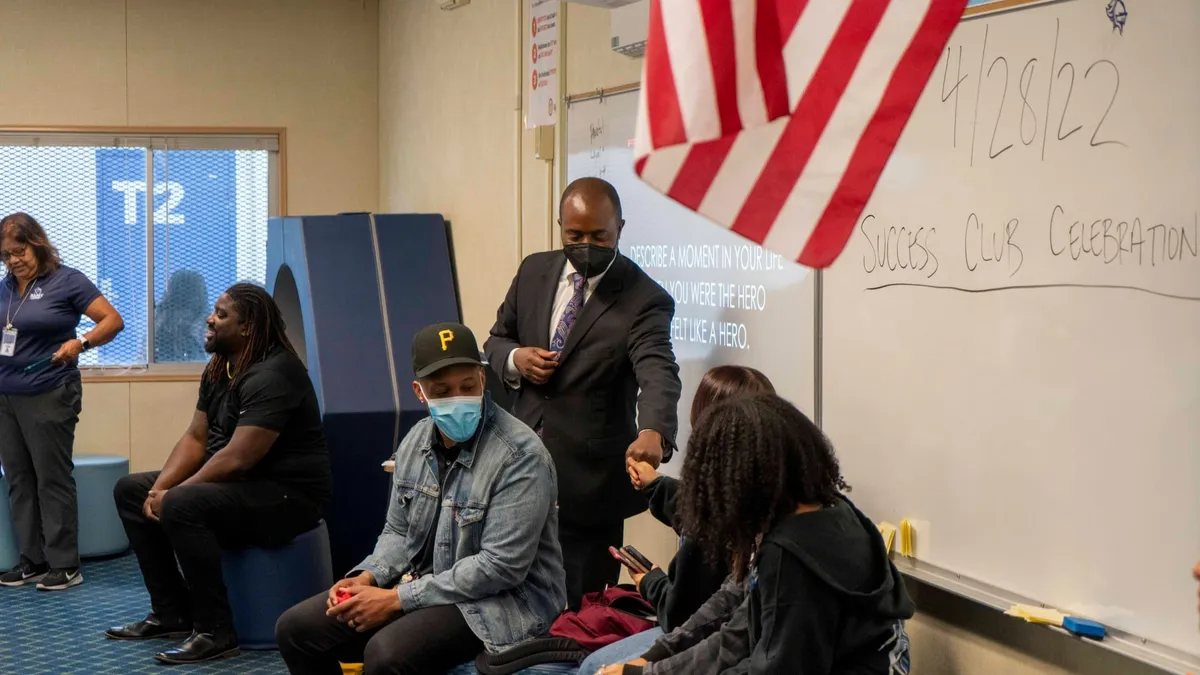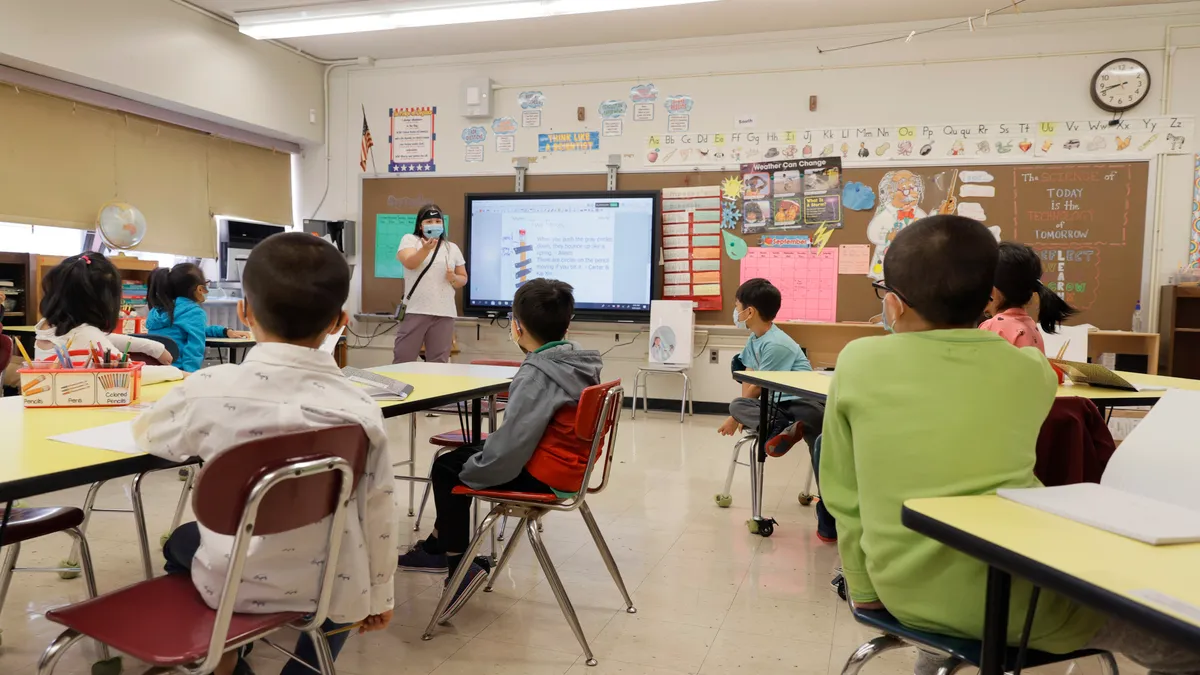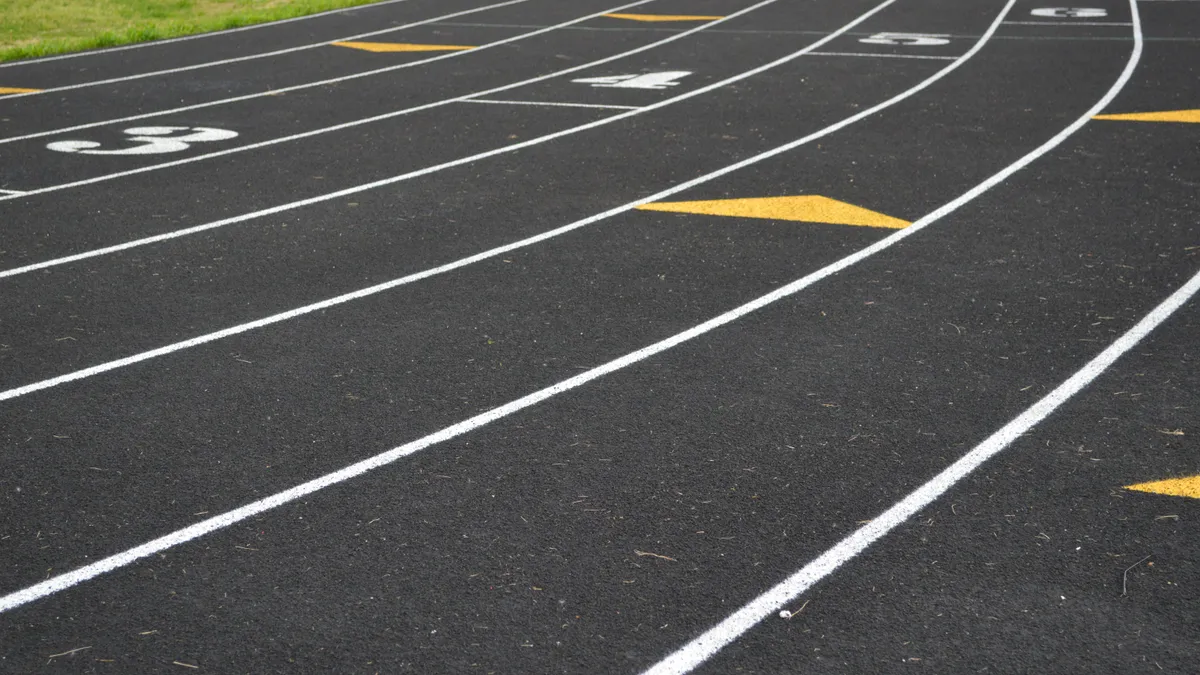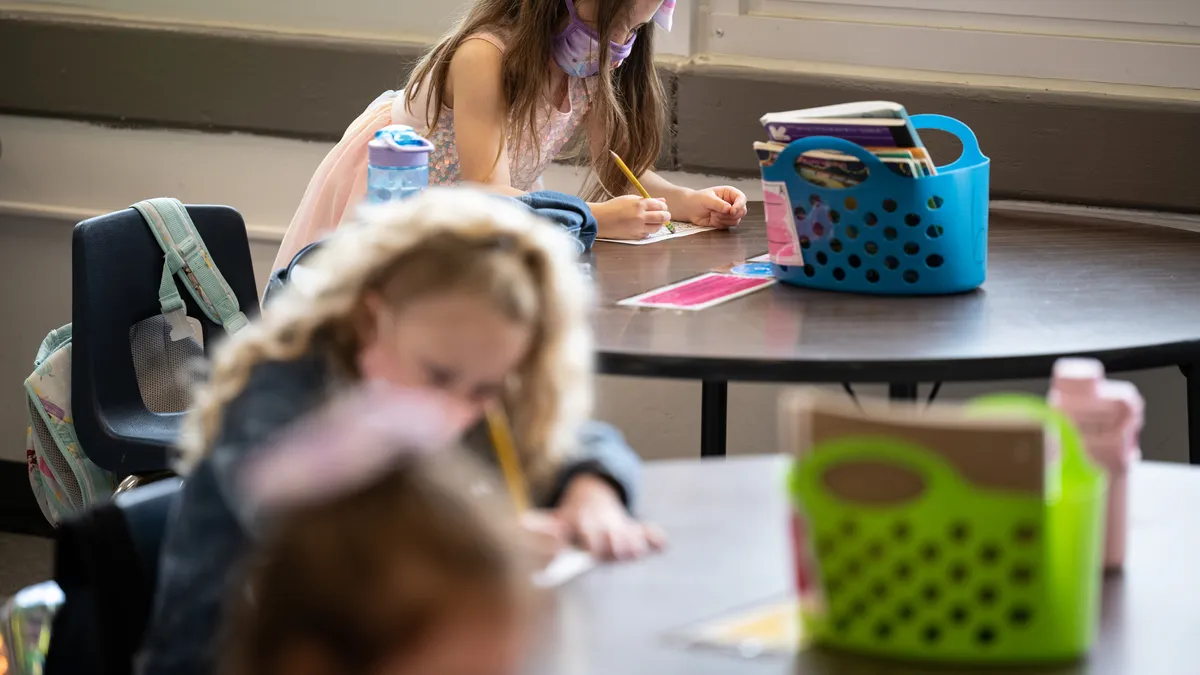Every new classroom project must satisfy available resources within three dimensions: 1) time, 2) money and 3) physical space. The 2016 New Media Consortium Horizon Report for K-12 Education anticipates that makerspaces will be highly adopted in schools across the country within the next year. Maker education and makerspaces are the hot topic in STEM education right now.
Over the last year I have worked with many teachers in a professional development environment who are simultaneously enthusiastic about the idea of a makerspace, and frustrated by the limitations of space in their schedule, budget and classroom layout. We all want a makerspace, but how do we make that happen within these constraints?
Ready for the Good News?
You do not need wait for additional funding or a district-wide initiative to build your own classroom makerspace. Teachers can embrace makerspaces with any level of experience and with any available resources.
You do not need access to a STEM coach/specialist who is able to overcome budget constraints with a generous line item dedicated to material purchases. Makerspaces are for teachers who are ready to step outside of the box and make do with what they have.
The Makerspace as a Garden
Think of a makerspace as a garden. You begin with seeds (ideas) that must take hold in soil with proper watering and light (resources for a makerspace), a process that takes time to blossom in a suitable environment (your school).
Where can you set up your makerspace? A plant in planter-box can constitute the beginnings of a classroom garden, just as designated countertop, table and floor space can constitute the beginnings of a makerspace in your classroom. No matter how big or small, choose an open space with room to work. Once you’ve set space aside, you can begin to gather materials from the community — boxes, fabric scraps, coat hangers — just about any recycled household item can be the start of a makerspace project.
Which tools do you want? My first “ask” was a sewing machine for making Halloween costumes. If you don’t have an answer to that question just yet, take a step back from your traditional lessons and look inward at what you are teaching. What concepts do you think could use reinforcement with hands-on learning? I started with a plan to supplement the idea of ratios with project-based learning, and then designed my first classroom makerspace project to meet that end goal.
Back to Basics: Building a Chassis
Coat hangers and Amazon boxes are two of my favorite basic building materials for creating a chassis, a rigid structure that serves as the basis of any machine. While 3D printers are becoming a popular tool for introducing students to engineering, manufacturing and design, our school began exploring these concepts with simple household items. Your own makerspace will benefit greatly from a 3D printer, but don’t wait to get one before you start building. Parents will flood you with building materials if you ask for cardboard boxes from Amazon orders and wire coat hangers from dry cleaning. These materials stack flat so they take very little space, they are free and they create a classroom project that reinforces math concepts that can be completed from start to finish in 20 minutes.
Ratios and Radials: Using Cardboard and Wire Coat Hangers
In my own lesson, I wanted to reinforce ratios with my students, so we looked at why a car needs a differential gear unit to allow the outer wheels on a car to spin faster than the wheels on the inside of a turn. There is a ratio between how fast the inner and outer wheels have to spin in a turn because the inner and outer wheels trace arcs with two different radii in a turn.
This is a two-tool project: Scissors and needle nose pliers. I have found that 6-inch needle nose pliers with an integrated cutter works best (about $5 at your local hardware store or $2 each online in bulk.) Use scissors to cut cardboard wheels and the pliers to cut and form the wire coat hangers into simple axles. I have used wire from coat hangers and cardboard to reinforce math concepts from 4th to 8th grade.
Putting it in Motion: Breadboards, LEDs and Resistors
Cardboard and wire provide you a chassis for a machine, but that’s only the foundation for building a functional car. Now let’s look at something electronic to go in that chassis. My class set of breadboards and associated components including LEDs and resistors are now in their third year of class use. When I ordered these parts new, they came in at about $2.50 per student total. Using them again and again each year brings the cost down to less than $1 per student at this point. The whole class set of breadboards fits in a single tupperware container. The lesson on Ohm’s law can be presented in line with existing math lessons that teach students how multiplying proper fractions results in a product smaller the fractions we started with (resistance in a series vs. parallel circuit).
Acknowledging and Working Within Your Constraints
We have limited room in our schedules, in our budgets and our physical classroom space. Start a makerspace by acknowledging those constraints. I have $20 and 20 minutes and one cubic foot of possible storage space, what can I build? You can get started with some of the materials and techniques above.
Kenneth Hawthorn is the Mechatronics Teacher at St. Raymond School in Menlo Park, CA and a Dremel Idea Builder Ambassador. You can read more on his blog, www.straymond.club.





 Dive Awards
Dive Awards

